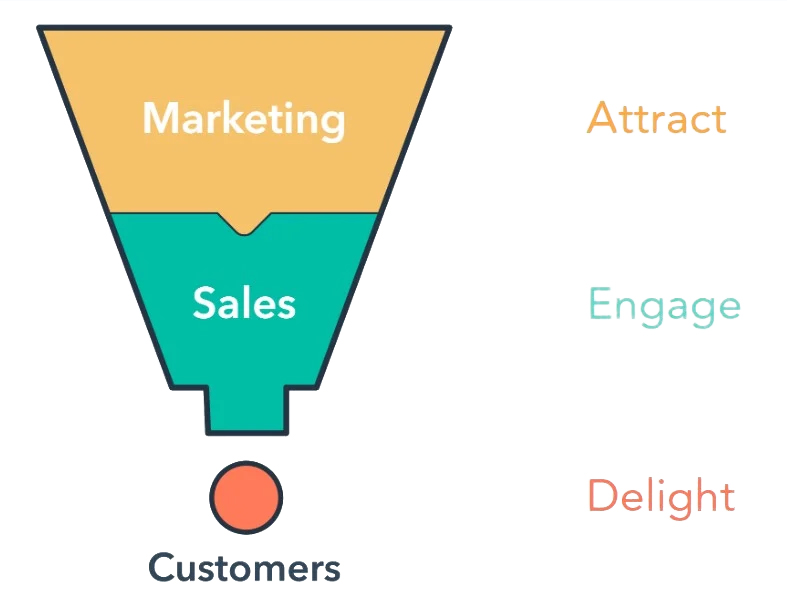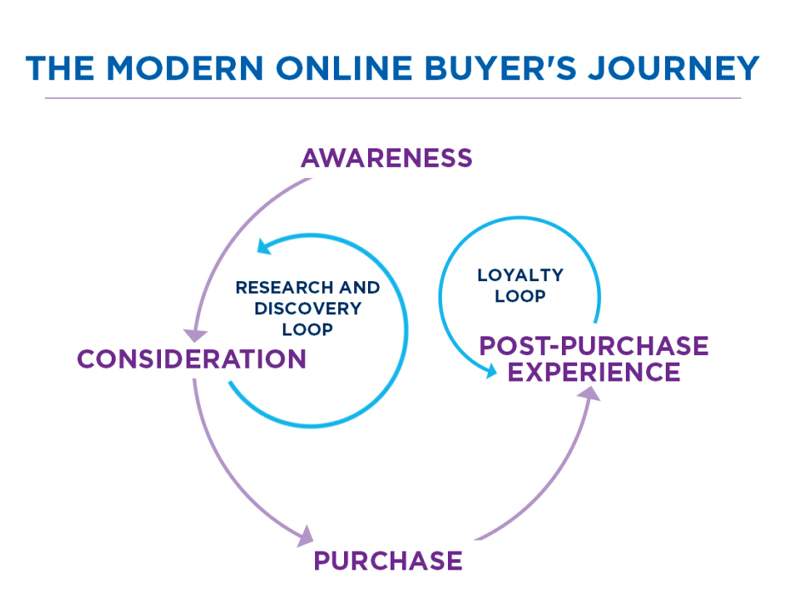- - AI - Knowledge - Marketing Strategy - The Digital Wave - AI - Knowledge - Marketing Strategy - The Digital Wave - AI - Knowledge - Marketing Strategy - The Digital Wave


TO UNDERSTAND A DIGITAL MARKETING FUNNEL, WE SHOULD LOOK
AT WHAT MARKETING OF THE PAST, PRE-DIGITAL, LOOKED LIKE. THIS
SHOULD HELP US, AT A BASE LEVEL, GATHER SOME REFERENCE
POINTS BY WHICH WE CAN UNDERSTAND THE MODERN DIGITAL
MARKETING FUNNEL AND HOW IT IS USED.
A marketing funnel is essentially a customer journey which starts out in the world where your business
or products are unknown. The funnel directs prospects through by raising awareness of your brand,
educating on the benefits of your products or services and finally through to converting the
prospective customer into a sale.
At the top of a traditional marketing funnel is the promotional material. This could be a flyer delivered
through your door, a poster on the side of a bus stop or some POS (point of sale) material in a shop
window. The top of the funnel raises awareness of your brand, products or services.
The middle of the funnel would represent the prospective customer considering the product or
service. They seek out further information about your brand, products or service. This could include
speaking to friends, visiting your shop for brochures or other informative material to aid their decision.
During this stage, they may speak to an employee or salesperson from within your business. Their job
is to create a desire in the prospective customer, aiding their decision in choosing your product or
service. Reviews in local or national publications could also be seen as the middle of funnel, with the
prospect aware of you brand, such material serves to reinforce their confidence in making the
decision to purchase.
The bottom of the funnel is the final step of the journey. With a decision made to commitment and
purchase the product or service, the new customer completes the traditional and linear journey.

In today’s modern and digitised world, things are a little different. The promotional material used to lurernyour prospects in are Google Ads, emails, videos, SEO and other materials and techniques designedrnat directing traffic towards your website. Building on brand awareness and pulling in traffic, as well asrnexisting customers are all functions for top of funnel marketing strategies.
Building on confidence in your brand, products or services forms a large part of your middle of funnel.rnYour MoF efforts should focus on presenting solutions to your prospective customers. Throughrntargeted ads and emails, you can present customer reviews and stories, in depth videos, blogs andrncontent aimed at presenting you as a thought leader in your field. Middle of Funnel customers are stillrnresearching and deciding whether to buy from you. The top of the funnel brought them into your shoprn(your website), your efforts now are to close the sale.
The final stretch of the journey focusses on those who are almost certain they will make a purchase. Itrnis possible they have left an item in their basket, or you may have brought them back to the siternthrough PPC efforts.rnrnThe bottom of the funnel sees your prospective customer make the purchase, reported as arnconversion you can now identify at which part of the process your new customer came to make thernpurchase. This valuable feedback means you can tailor your approach to maximise conversions.rnrnYour efforts have paid off, but out the end of the funnel, you still have some work to do if you plan onrngetting repeat business. Follow up emails requesting feedback gives you more fire for your top andrnmiddle of funnel. This also helps build rapport with your new customer.
Rather than the linear journey of the traditional funnel, which was used in earlier digital marketingrnstrategies as well as in non-digital campaigns; a business can now loop the bottom of the funnel backrnin at the top or middle with a little extra work.rnrnThis method helps with customer retention, but also with brand awareness and confidence. Byrnrequesting feedback, you help other prospects make their decision.
What we are left with now then, is less a funnel and more a loop. With customers leaving productrnreviews, encouraged to share and like social pages and posts, they become an integral part of thernprocess.rnrnWith the bottom of the funnel feeding back in to the top and middle sections through the post-rnpurchase experience loop, businesses optimising for this process can benefit exponentially. The morernreviews, the more chance of conversions and the more conversions the more reviews.
A whopping 9 out of 10 online shoppers read reviews before committing to a purchase. Setting uprnGoogle my Business is a great way to bring your reviews to the forefront of your prospectiverncustomer’s journey.rnrnGMB ensures you are discoverable and that your business details are all correct and present. Thernreviews of your business are easily accessible and GMB also allows you to make posts, upload imagesrnand lets customers contact you at a click of a button.rnrnBy capitalising on the simplicity of GMB, you maximise the chance of conversions.
This stage of the digital marketing loop is also why follow up emails are important. When a customerrnhas a good experience, they are less likely to leave a review. Prompting reviews for good service is thernbest way to bump up high quality review numbers.

This extra step has come around through a shift in consumers online activity. The wide availability of
products and services, at the tips of your fingers 24-hours-a-day, has driven up the customer’s
expectations.
As we mentioned, 9 out of IO customers will read reviews before committing to a purchase. The
modern shopper also looks at company ethos and sustainability as part of the decision-making
process. For this reason, engaging positively with your reviews, both good and bad, in spaces such as
Trustpilot and GMB gives the prospect or returning customer an insight into who you are as a
business.
In the modern world, businesses can remain largely faceless. Having pictures of you and your staff on
your website, your GMB page or social channels can really make the business seem more
personable.
The age-old cliché, people buy off people has never really disappeared. Keeping a personable
element to a digital business can pay dividends to your digital marketing loop.
If you’d like to read up more on some top of funnel marketing techniques, why not check our blog on
Writing Killer Ad Copy that Converts.
Give us your email and we'll do the same thing every other performance marketing agency does... never email you.